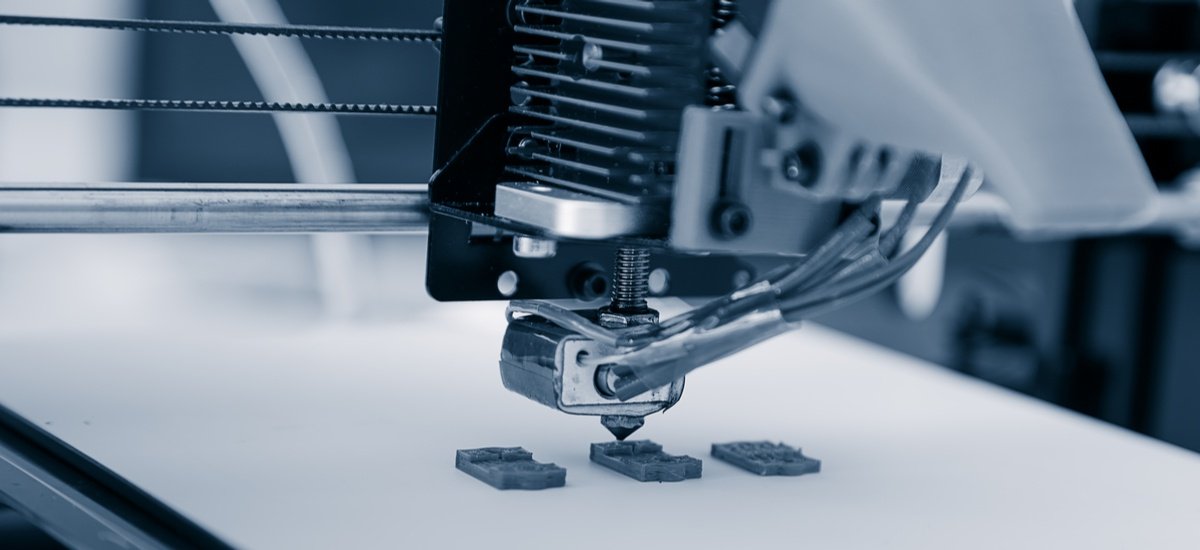Breakthrough in 3D-Printing at High-Resolution
May 28, 2020 | Thursday | News
This achievement is the result of a productive collaboration with the TU Wien (Austria)
image credits: shutterstock
Manufacturing of cm-sized test specimens for material characterization according to ISO standards has now been achieved for the first time with a technology that allows 3D-printing a feature size of 200 nanometers.
The innovation leader for high precision 2-Photon Polymerization (2PP) 3D-Printing, UpNano GmbH, succeeded in printing test specimens from their specific photopolymer on their state-of-the-art NanoOne-printer in sizes and shapes necessary for ISO tests.
This achievement is the result of a productive collaboration with the TU Wien (Austria). Previously it was considered impossible to print specimens at the (large) size necessary for ISO tests with a photopolymer and a 2PP 3D-printer that at the same time is able to achieve a resolution in the sub-micrometer range. The proprietary adaptive resolution technology of UpNano in combination with a powerful laser makes this now possible and thus 3D-printing of nm-sized parts using materials characterized according to ISO for industry and academia.
High-resolution 3D-printing allows the production of smaller and more precise parts than any traditional manufacturing processes. However, as the potential of this technology becomes more and more apparent, industries as well as research institutions throughout the world demand for reliable information on the qualities of the large number of different materials used for the various printing technologies. This often proves difficult as most standard test methods for material specifications require specimens much larger than high-resolution 3D-printers are able to produce. Now the technology leader for 2-Photon Polymerization (2PP) 3D-printing, UpNano GmbH (Vienna, Austria) succeeded in manufacturing test specimens in the required cm-range with its NanoOne-printer that allows nm-resolution as well.
“The lack of standardized material specifications is a serious obstacle for using high-performance 3D-printing in an industrial setting. Decentralized production processes of global industries and warranty legislations are based on standards and norms. If your material or device does not fit in this finely honed system, it might be good for prototypes – but not for series production”, emphasizes Bernhard Küenburg, CEO, the importance of the progress made by UpNano. By addressing this requirement of the technical industry, the company strengthens its position as innovation leader in the emerging market for high-performance 3D-printing – a position gained by selling the fastest 2PP 3D-printing system that offers up to a hundred times faster throughput for short production cycles than other systems.
PRINTING LIVING CELLS
The capabilities of the NanOne-system do not only meet requirements of technical industry but of research institutions, too. Just recently UpNano sold a complete system to the MedUni Vienna (Austria). Here the system will be used for various purposes in research. The possibility of printing delicate structures needed by biomedical research such as scaffolds, membranes or microchannels is facilitated by the so called UpBio photopolymer. This special resin permits 2 PP 3D-printing in the presence of living embedded cells and thus is ideal for biomedical research.
By attending to the needs of industry and research alike, UpNano continues to push the possibilities and capabilities of 2PP 3D printing further and further. Focused in-house research in cooperation with the TU Wien as well as listening closely to the needs of industry will further strengthen the position of the innovation leader in the market.










